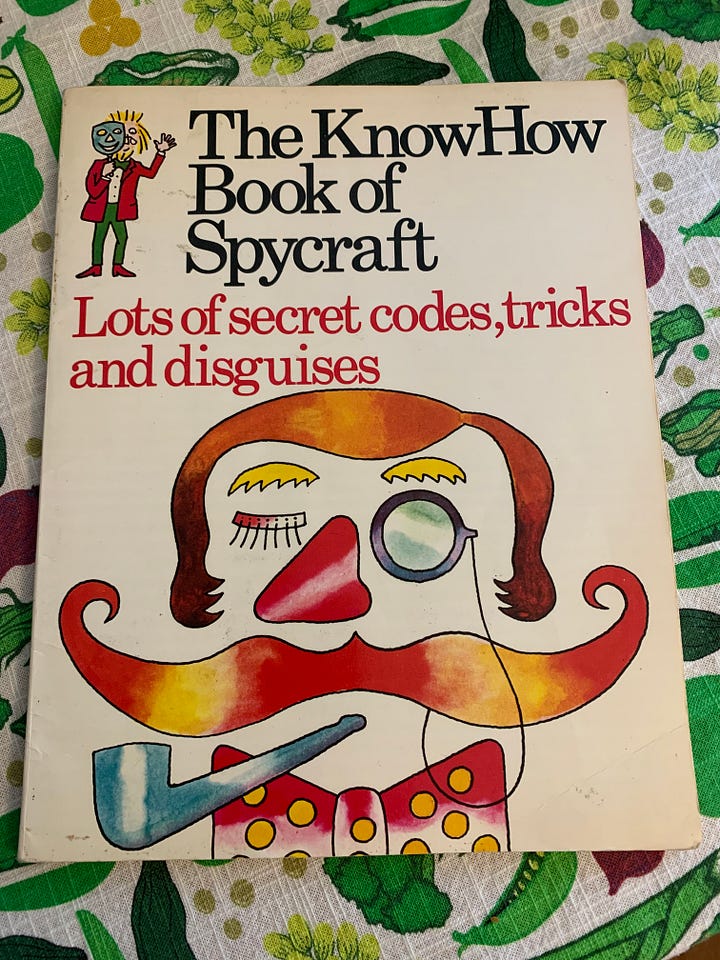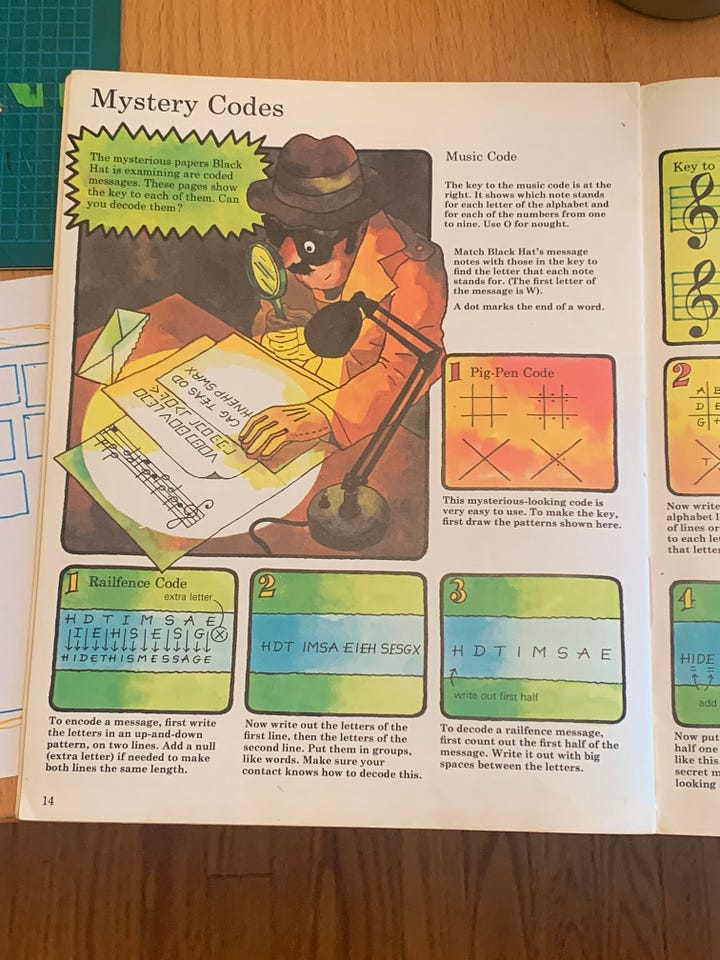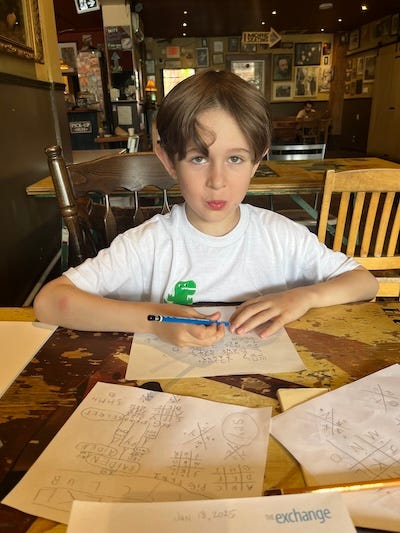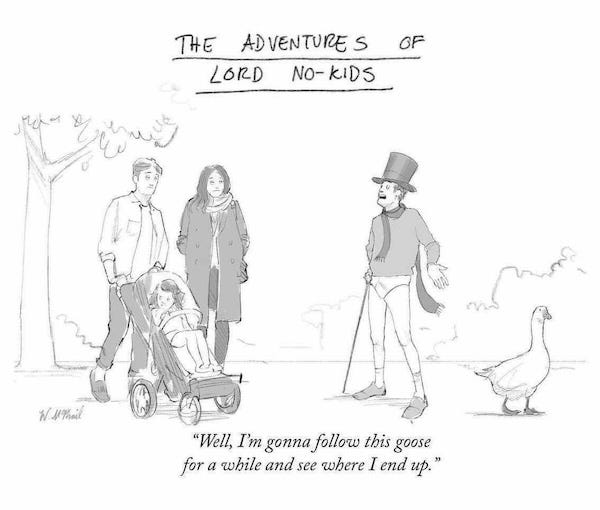Sometime during the early days of the pandemic, I saw this comic by Will McPhail making the hetero-normie rounds on social media:
It made me laugh. I mean, yeah … parents were (and are) legitimately over-burdened, and I’m sure many (myself included) longed during those early lockdowns for the breaks we were suddenly denied (school, friends, family, childcare, etc). But also, single and child-free folks suffered in a million ways during those early isolation periods. Not everyone was out there happily making sourdough, tra-la-la.
So, while we could all have a bit more empathy for each other instead of reducing our differences to an exaggeration for the sake of humour, this comic remains funny to me.
I find it funny in two ways. One is “lol, yes, people without kids” (sorry kid-free friends, I love you). But an even bigger one is “lol, parenting often feels more like the adventures of Lord No-Kids than what the beleaguered couple on the left are enduring.” Does Will McPhail have kids? I have no idea.
In the stroller days, sure. I was the mom on the left, deeply lacking in frivolity. But, in its best moments, parenting (and home schooling in particular), is a constant wacky expedition into uncharted territory. Kids, as those popular picture books remind us, are natural scientists, architects and engineers. They’re always exploring and inventing and creating. If you have the luxury of time and space (mental and otherwise) to allow yourself to go along on the journey, it can feel very Willy Wonka meets Baron Munchausen.
I never know where our explorations will take us, or where my kid’s pants went. Right now, the chemistry feels good. The right balance of chaos and creativity, learning and whimsical play. I have learned that, if I am able to shed the heavy cloak of my own woes and anxieties, I am very capable of (and perhaps even very good at) being the kind of mom who will follow a goose to the ends of the earth, as long as it sparks curiosity and joy.
We’ve been making air-dry clay projects, growing stuff in the garden, going on adventures (like a late-night video game arcade in a forest, which we also went to last year), writing countless mini zines, reading about King Arthur, watching ‘80s movies like Back to the Future and Innerspace, learning the times tables, dancing, and researching Quetzalcoatl1, the feathered serpent deity of the Aztecs, because a particularly good Beyblade shares its name. We’ve also been coding.
I do not mean the computer kind, but rather, the old-timey spy kind. Thanks to a book on spycraft, the whole family has been sending secret messages to each other, to neighbours, to friends. The other day, my kid made a fake sole for his shoe and carried a note in it all day that read “👁️ ❤️ U.” Not exactly an uncrackable code, but all I had time for in the moment.


The first code he learned from his Spycraft book is the Pigpen Cipher, a simple substitution cipher that uses geometric shapes that are fragments of a grid.
There’s some speculation that the name “pigpen” comes from the fact that the cross-hatched shape resembles an animal pen (it’s also called the tic-tac-toe cipher and the Freemason Cipher, as the Masons used it in the 18th century for correspondence between lodges and for keeping their secrets secret.
I couldn’t find a definitive answer to the question of who invented the Pigpen, but I did find an article in Square Magazine (a magazine for International Freemasonry!!) that lists a few early adopters:
In his Three Books of Occult Philosophy (1531), Heinrich Cornelius Agrippa (1486-1535) described a Rosicrucian cipher, which he attributed to the Jewish Kabbalah tradition.
…
Dave Thompson, in Elliptic Curve Cryptography (2016), states ‘there is evidence that suggests that the Knights Templar utilized a pigpen cipher’. W. Kirk McNulty echoes this in his book Freemasonry: symbols, secrets, significance (2006).
George Washington’s army had documentation about the system, with a much more randomized form of the alphabet. And during the American Civil War, the system was used by Union prisoners in Confederate prisons.
But also, I invented it.
When I was in high school, my friends and I used several codes to pass top secret notes in class about our crushes, our lunch plans, and the groundbreaking screenplay we were planning to write, tentatively titled The Roof.
One code involved writing our notes using English words and spelling, but the (Serbian) Cyrillic alphabet, which I was easily able to teach the others.
So, “LET’S GO TO THE PARK” becomes “ЛЕТ’С ГО TO ТХЕ ПАРК”
(Because Л = L, C = S, Г = G, and so on.)
In search of an even harder-to-crack cipher, I started experimenting with shapes. I tried to place the letters of the English alphabet into various grids, but it wasn’t easy to find one that fit, because 26 is not an easy number to divide evenly.
Eventually, I settled on a combo-grid that included two tic-tac-toe grids and two large X-shaped grids which accounted for all 26 letters:
It was incredibly easy to use, teach and learn, a perfect first code for the spy-curious. I had no idea until this week that I wasn’t the code’s first inventor (although, perhaps I should have guessed that it has had countless inventors over the years, among kids who inhabit the intersection of bookish word nerds and puzzle obsessives).
It’s been about 30 years since I regularly sent coded messages to anyone, but the muscle memory was still there. I wrote messages to the kid while we sat at the local cafe, and even came up with our own, even-more-secret versions of the Pigpen. This involves starting the grid with a single word of your choosing - any word will do as long as it doesn’t contain repeated letters. Then continue on with the alphabet, excluding the letters already used.


This week, the goose led us to Quetzalcoatl and codes, but next week it might lead us to fly fishing or small engine repair.
I am here to reclaim the term “wild goose chase,” as less of an unsuccessful waste of time and more of a playful, weird exploration. An embrace of the unexpected, and a letting-go of expectations and outcomes.
May your week be full of geese, and may you follow them, but only if it makes you feel free.
This has nothing to do with anything in this post, but I love the Larry Cohen film Q: The Winged Serpent so much. Absolute peak Michael Moriarty.





Codes are cool!